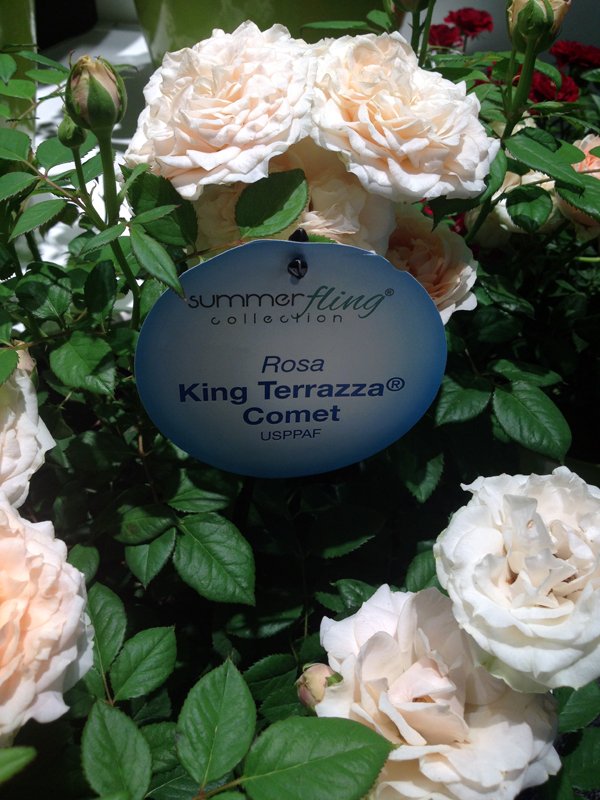If you're like me, you might just be up to your ears in tomatoes right now! Here in Texas, we're pulling in our harvest from spring planted tomatoes. In a week or so, it will be time to start planting our fall crop of tomatoes (yes, we have TWO tomato seasons here!) The last thing you want is for any of your homegrown produce to go to waste, so be sure to have a plan for what you'll be making or how you'll preserve the harvest.
What do you do with all your tomatoes? Here are just a few things I've made lately with my abundant harvest:
Marinated tomatoes - a great way to use up the millions of cherry tomatoes you might find yourself with. I like to use rice vinegar flavored with a bit of ginger, garlic, thyme, basil, salt and pepper.

Simple tomato salad - slice up a bunch of fresh tomatoes and arrange with fresh basil from the garden. Mix up a simple dressing of olive oil, balsamic vinegar, salt and pepper. DIVINE!

If you feel like turning the oven on, how about a simple tomato tart? I didn't feel like making actual tart dough, so I just substituted Filo this time around. Olive oil brushed between the layers, sprinkle with some fresh mozarella, basil leaves, cover with sliced tomatoes and drizzle with olive oil, salt and pepper. In the oven for about 25 minutes at 400F. Sprinkle on a bit more fresh basil. DELISH!

I think that next up on the tomato menu will be green tomato pickles...enjoy!


















